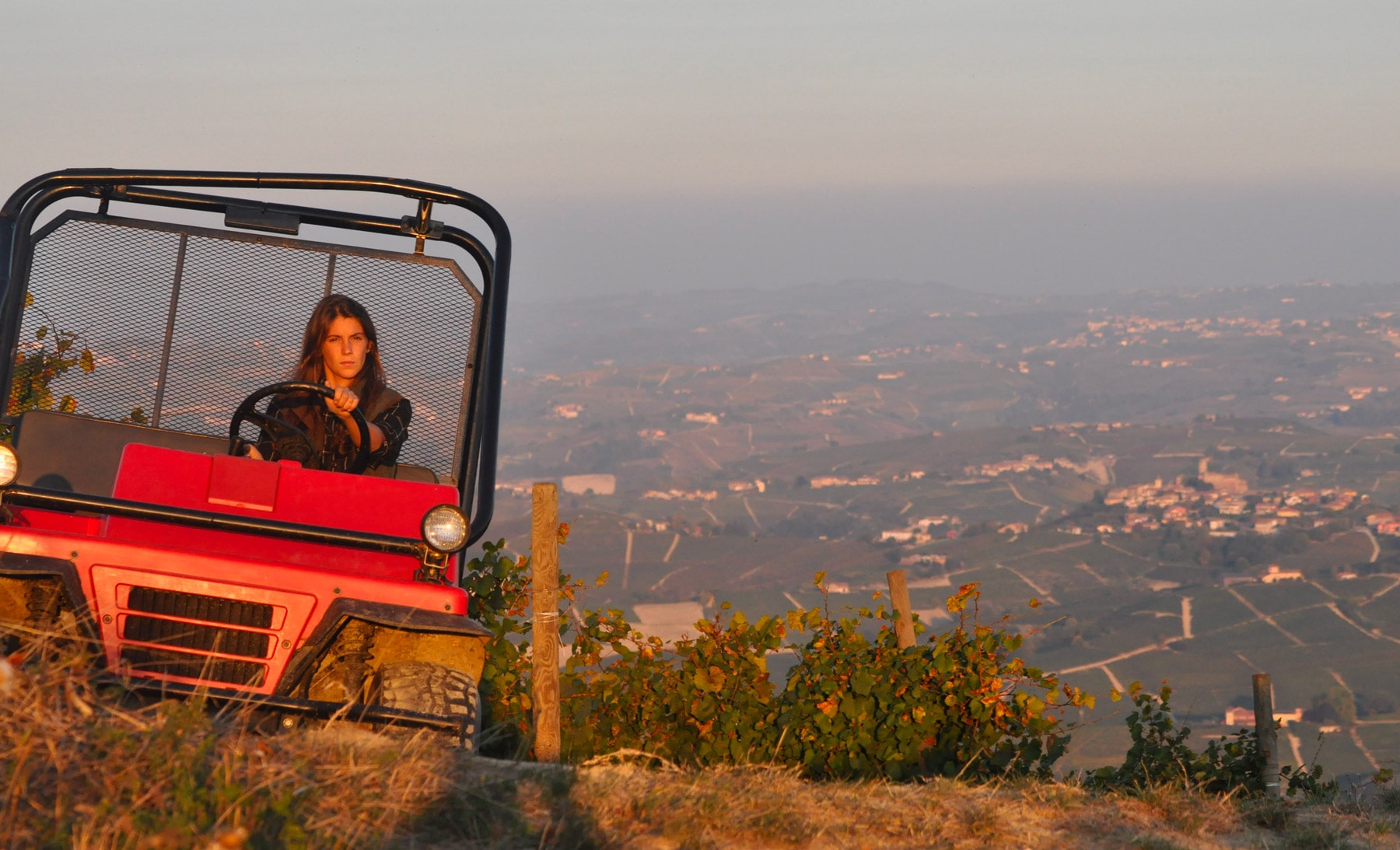Giulia Negri

Giulia Negri’s great-great-grandfather purchased the families’ Serradenari estate in 1870. Far from any noble intent, Barolo’s highest point served as an escape from his wife living at home in Turin. Each side of Giulia’s family had been engineers, her great-great-grandfather more eccentric than the rest with a daring spirit his children would inherit. It was Giulia’s great-grandmother Emma Diatto who first worked the land, tending to grains, hazelnuts and more. Meanwhile, her grandfather continued the familial tradition of discovery. Giulia’s father recalled a bathroom full of steam as his father trialled his latest inventions. Obsessed with truffles, he installed a pump to irrigate the trees, rebuilt his roof to gather water, and installed primitive solar panels. Although her father had worked as a politician and later a journalist, in 2001, he discovered the family estate and replanted it.
Born in Palermo and raised in Rome, Giulia studied biotechnology management, working in anti-cancer research where she helped source start-up funding. Despite being in love with this work, during a chance visit to Burgundy, she had an altogether revelatory experience with a bottle of 2007 Liger de Belair Aux Reignot. Soon after, she returned to La Morra and later worked harvest in Chile. Although Giulia had always considered herself smart and able to grasp most topics, in wine she found something much greater than her. In 2014, at the tender age of 24, she became the steward of her family estate. In the years which preceded, she learned ferociously, taking on increasing responsibility and expanding her skillset. Today—now boasting a modest workforce—she remains a garagiste at heart, eschewing dogma—preferring pragmatism and innovation. Yet, as vibrant and enchanting as her wines, Giulia’s spirit is infectious. Here follows the story of Giulia Negri, the proud Barologirl.
Giulia’s great-great-grandfather was a Diatto, a family of engineers building automobiles in Turin. In 1879—escaping his wife living in Turin—he purchased the Serradenari estate, long before recognition as an MGA. The farmhouse traces its name back many centuries to when the Black Death pushed the farmers of Barolo and La Morra to take what little money they had and escape to the top of the highest hill. Since 1450, the hill was known locally as the “money hill” or “Sara D’né,”. Then, the property was more extensive than today, with more vineyards—planted mostly to Dolcetto—and a large forest, accompanied by a country house. Giulia’s great grandmother was the first to work the land here, tending to the hazelnuts while her son—an eclectic inventor—obsessed over truffles and filled his bathroom with steam. Her father recalls coming home to find steam filling the bathroom as his father tested an electronic device for automobiles lights in the rain. Despite the estate featuring nineteen sources of water and a small lake, Giulia’s grandfather designed and installed a pump to irrigate the trees—which he had planted to encourage the propagation of truffles. Further, he covered a small outdoor bunker in primitive solar panels, collecting rainfall from its sloped roof. Alas, his pursuit would prove fruitless after he died in 2001 without having found a single truffle.
